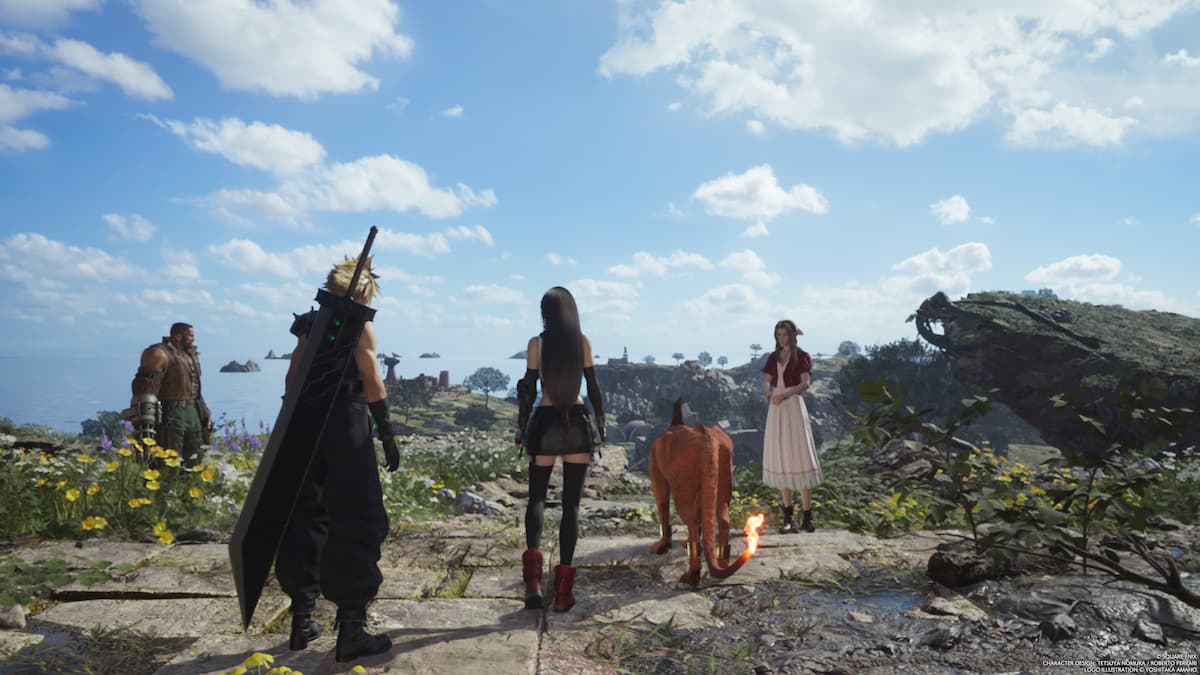
It’s pronounced “Kay Oh”
Kao the Kangaroo, somehow, eluded me all these years. I know! You’re talking to the person who would rent every single mascot platformer they could get their hands on from a young age. Aero the Acro-Bat? Yes please. Jersey Devil? You know it. Despite it being around since the year 2000, I hadn’t even come in contact with this franchise.
Until now, with the 2022 reboot.

Kao the Kangaroo (PC, PS4, PS5, Nintendo Switch, Xbox One, Xbox Series X [reviewed])
Developer: Tate Multimedia
Publisher: Tate Multimedia
Released: May 27, 2022
MSRP: $29.99
Kao is on a quest to save his sister, and that’s pretty much as far as the narrative goes. You’ll meet some goofy friends and family members along the way (and a stoic mentor that also ends up playing a bit goofy), but most of their wooden performances betray their outlandish and colorful character designs. The story is often silly, very campy, and doesn’t go out of its way to draw you in. Kao himself is merely a vessel for raw action platforming, and the skip-cutscene button will be used liberally by many.
All that said, there is a lot of heart in the core of Kao the Kangaroo, as the team clearly knows the genre inside and out. Level designs are spot on in the sense that they’re open-ended enough, but aren’t so sprawling that they’re filled with labyrinthine corridors that go nowhere; nor are they under-designed from an aesthetic and mechanical standpoint. Even things as granular as idle animations for Kao show that the creators clearly care about these types of games.
Levels — which are broken up by individual instanced hub zones — don’t feel cramped or bloated, and are frequently filled by light puzzle elements that are just below the threshold of frustrating at worst. Stage backgrounds are fairly detailed for a game like this too, especially at its budget price. I found myself staring off in the distance far more than I expected, which is a good sign for a game predicated on spending tons of time collecting things in levels that need to be interesting enough to continue playing and exploring.
The Unreal Engine also facilitates the combat and platforming physics. I didn’t have too much trouble controlling Kao at any given time, and his repertoire is mostly contained to a simple set of three-hit combos (and a rage-meter-based area-of-effect finisher), plus a smooth double jump from the start. Kao doesn’t feel hindered by the platforming system in any way, nor do you need to “unlock the good stuff before it feels good to play.” The only semi-awkward concept I encountered was the ranged boomerang throw, which can only be initiated when you find the power-up out in the world (and mostly consists of a simplistic lock-on mechanism). In any case, it does work, even if it’s not as dynamic as I’d hope.
Boss fights take the tact of multi-phase encounters to help mix things up, which border on “just simple enough to work,” to “an exercise in tedium” depending on the phase. Several incorporate clever puzzles, while others just throw mobs of enemies at you in an attempt to disguise what amounts to going through the motions to take out a bigger version of a regular enemy. It’s par for the course for the genre, but for the most part, the lynchpin fights feel rote at their lowest point, and rarely sink to the point of frustration. It’s something I’d love to see expanded upon in a sequel (as a few even resemble raid boss-like systems and have flashes of brilliance).
Outside of the standard loop of finishing levels and unlocking more, you can attempt to grab every collectible in sight. Thankfully, Kao doesn’t over-engineer anything in this department, and most of said collectibles come in the form of K-A-O letters in each stage (it could have been a longer word!), as well as coins (to buy life upgrades, or new outfits that include old school franchise character models), and heart pieces (collect four and you get an extra life counter). It’s all self-contained and doesn’t go overboard.

Not only is the tedium not present, but each level screen very clearly shows you collectibles and stats in an easily digestible way. While collecting “runes” is tied to level unlocks, it’s incredibly menial. The game heavily nudges you toward them, and there’s barely any gating present — unlike, say, the laborious level unlocks in Balan Wonderworld. It’s very easy to get enough runes to move forward simply by playing stages and finding them in the main hub, to the point where you can skip stages and move straight to a boss on occasion. Optional challenge rooms also provide an extra incentive for hardcore players to test their mettle.
Kao the Kangaroo feels like a game with more potential that wasn’t executed on, but the vibrant visuals go a really long way. It’s a very clean mascot platformer foundationally, even if the world isn’t nearly as remarkable as it could have been. I would play a sequel in a heartbeat, and I think if the characterization was shored up, it could have had a chance of breaking out of a presumably niche market. For those of you who do like these types of games, you know who you are! I think most of you would dig it.
Source: destructoid.com


